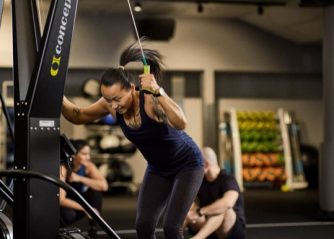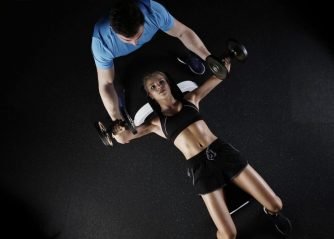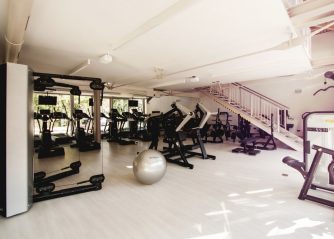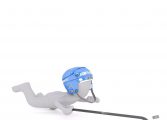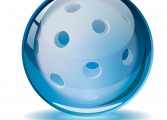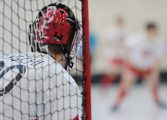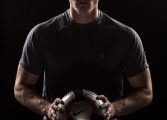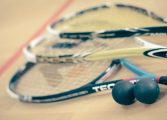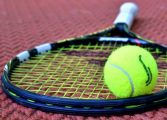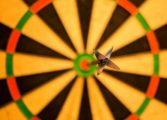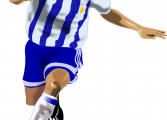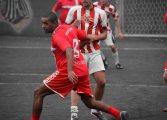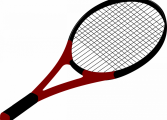Paralympics Curling: An In-depth Look into the Sport

Introduction
Paralympics Curling, also known as Wheelchair Curling, is a captivating sport that combines strategy, skill, and precision. Adapted from the traditional Olympic sport of curling, Paralympics Curling showcases the incredible abilities and determination of athletes with physical disabilities. In this article, we will provide a comprehensive overview of Paralympics Curling, delving into its various types, popularity, measurements, differences, and historical pros and cons.
1. An Overview of Paralympics Curling
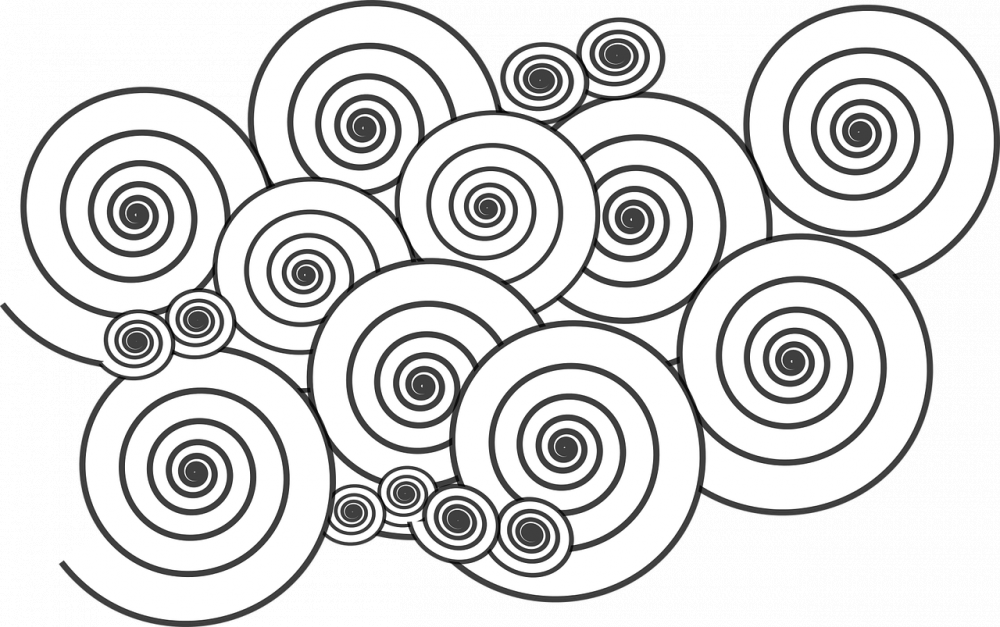
Paralympics Curling is a winter sport played on ice, where athletes with physical impairments compete using specialized wheelchairs. The aim is to slide stones across the ice towards a target called the house, while strategically positioning them to accumulate points. The sport requires a blend of physical strength, coordination, and tactical thinking.
2. Comprehensive Presentation of Paralympics Curling
2.1 Types of Paralympics Curling
In Paralympics Curling, there are different types based on the level of impairment: Les Autres, Wheelchair, and Visual Impairment (VI) Curling. Les Autres category includes athletes with disabilities that are not included in other specific classes. Wheelchair curling is for athletes with mobility impairments, while VI Curling is for athletes with visual impairments.
2.2 Popularity and Participation
Paralympics Curling gained recognition as a Paralympic sport in 2006 and has since grown in popularity. It offers athletes with disabilities an opportunity to compete on an international stage, showcasing their abilities and inspiring others. The sport has achieved increased participation worldwide, with many countries forming national teams and organizing tournaments.
3. Quantitative Measurements of Paralympics Curling
3.1 Scoring and Metrics
The scoring system in Paralympics Curling is based on the stones’ proximity to the target and the number of stones within the house. Each stone that is closer to the center of the target than the opponent’s stones scores a point. Metrics such as stone distance, angle of delivery, and weight of throw are crucial elements that affect scoring.
3.2 Equipment and Accessibility
To ensure fair competition, the equipment used in Paralympics Curling conforms to specific guidelines. Specialized wheelchairs with extended handles and fixed studs for stability are utilized. Accessible ice facilities and modified equipment enable athletes with disabilities to participate fully.
4. Discussion of Differences in Paralympics Curling
4.1 Strategies and Techniques
While the objective of Paralympics Curling remains the same as Olympic curling, there are differences in strategies and techniques. Athletes in Wheelchair Curling, for instance, use sweeping techniques with their arms instead of brooms, which provides them with balance and control. These adaptations allow players to reach the level of precision required in the sport.
4.2 Playing Conditions and Adaptations
Paralympics Curling also has unique playing conditions and adaptations. Due to the different stability and balance capabilities of athletes, the delivery technique and wheelchair position might vary. Furthermore, athletes with visual impairments rely on communication from sweepers and guides to direct them accurately towards the target.
5. Historical Overview of Pros and Cons in Paralympics Curling
5.1 Advantages
Paralympics Curling enables athletes with physical disabilities to participate in a competitive sport, fostering inclusivity and promoting physical and mental well-being. It provides a supportive community and serves as a platform to challenge stereotypes and redefine the boundaries of athleticism.
5.2 Challenges and Limitations
Despite its many advantages, Paralympics Curling faces challenges in terms of accessibility to facilities and equipment, as well as funding for training and development. These limitations hinder the sport’s potential growth and outreach to athletes with disabilities worldwide.
Conclusion
Paralympics Curling is a captivating sport that pushes the boundaries of what athletes with physical disabilities can achieve. Its unique adaptations and dedicated athletes have contributed to the sport’s growth and increased recognition. With continued support and development, Paralympics Curling has the potential to become even more prominent in the future.
[
(Note: Please insert a relevant video related to Paralympics Curling here)
By offering an in-depth look into the sport, we hope to inspire and educate individuals about the incredible world of Paralympics Curling. Whether you’re an avid sports fan or someone wanting to learn more about inclusivity in sports, Paralympics Curling showcases the strength and determination of athletes with physical disabilities, proving that anything is possible with passion and perseverance.
